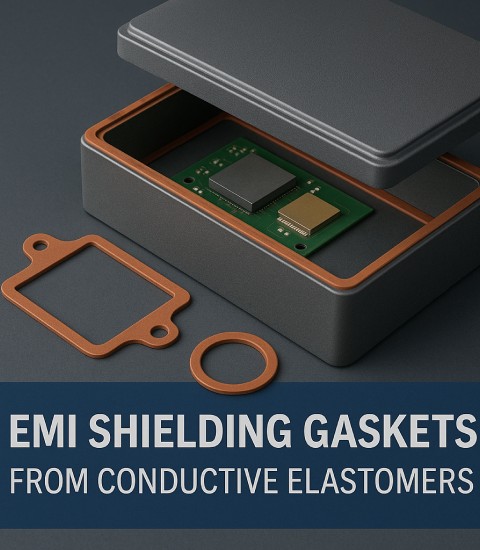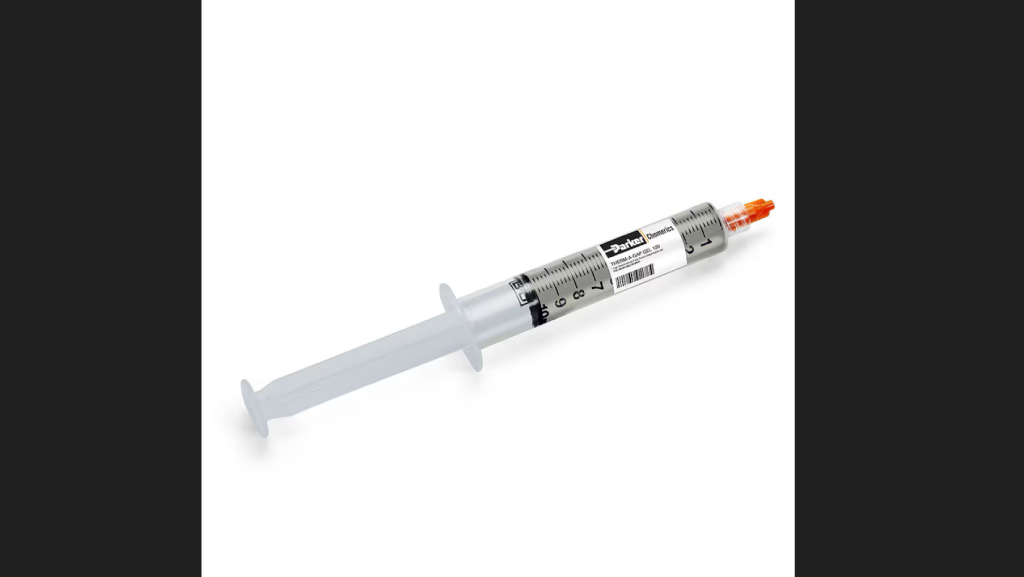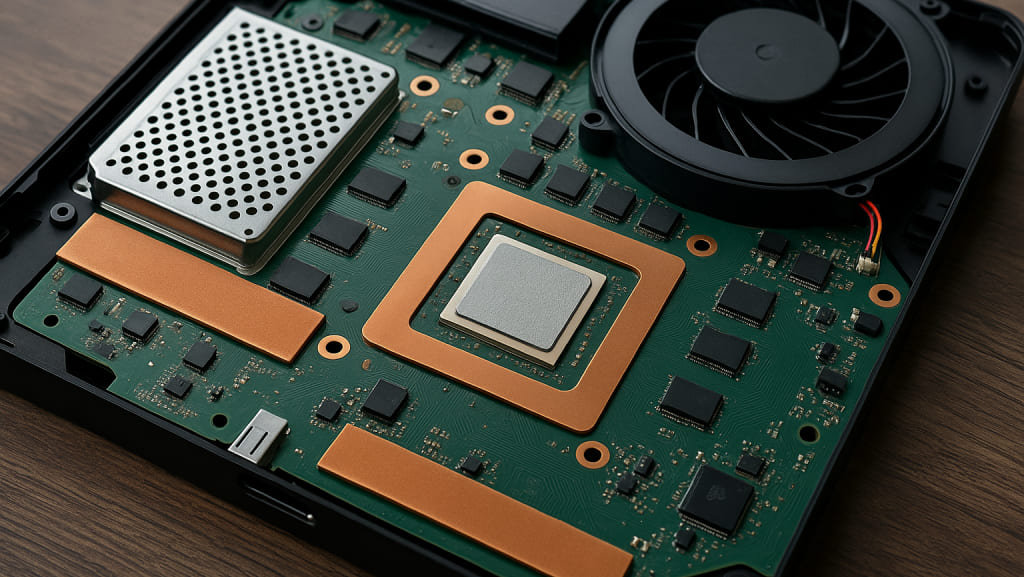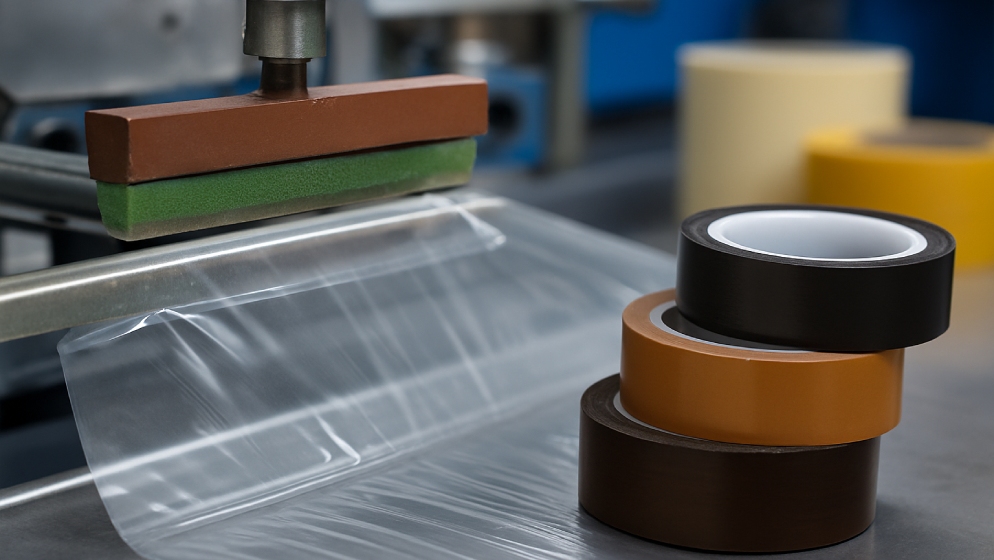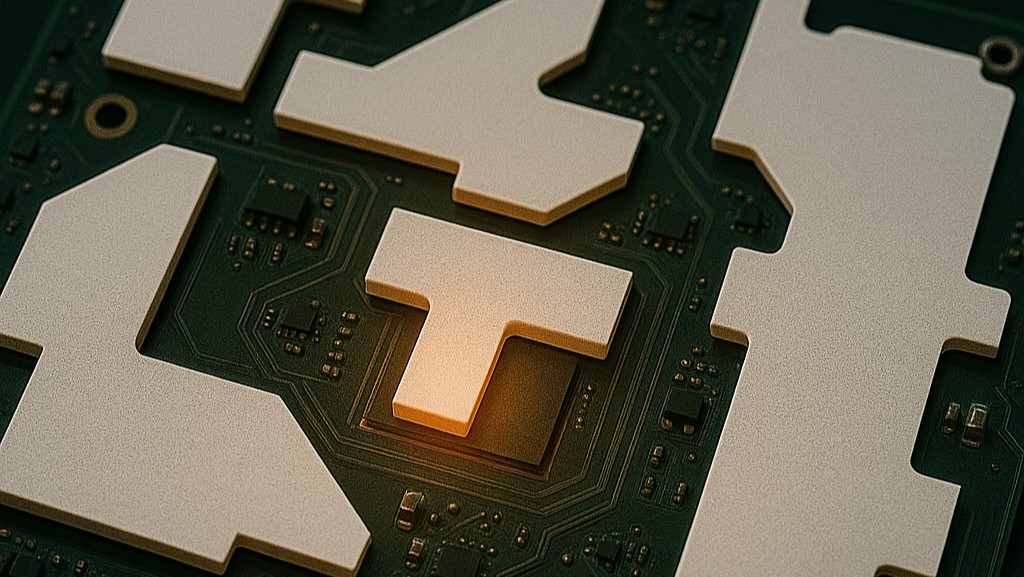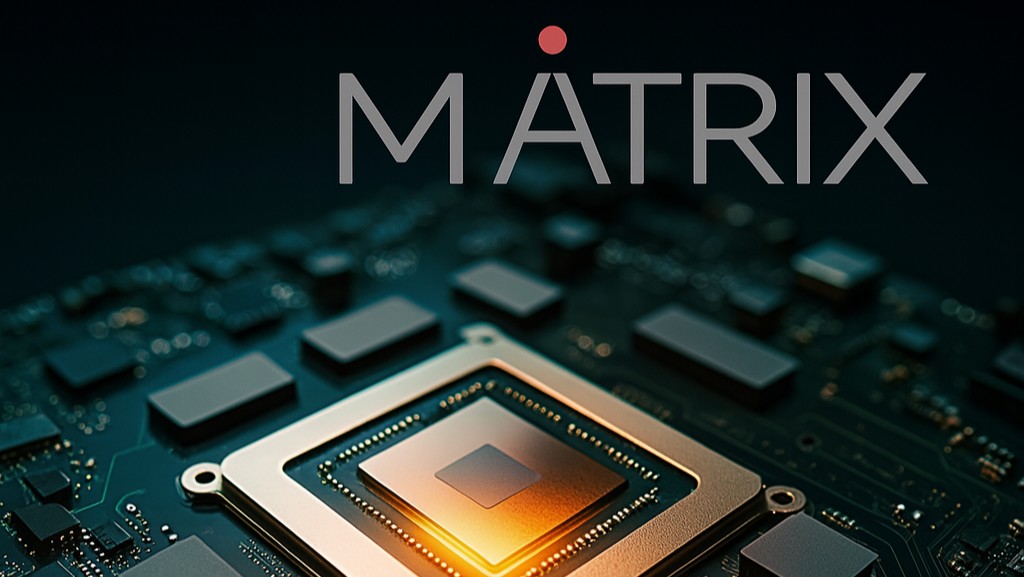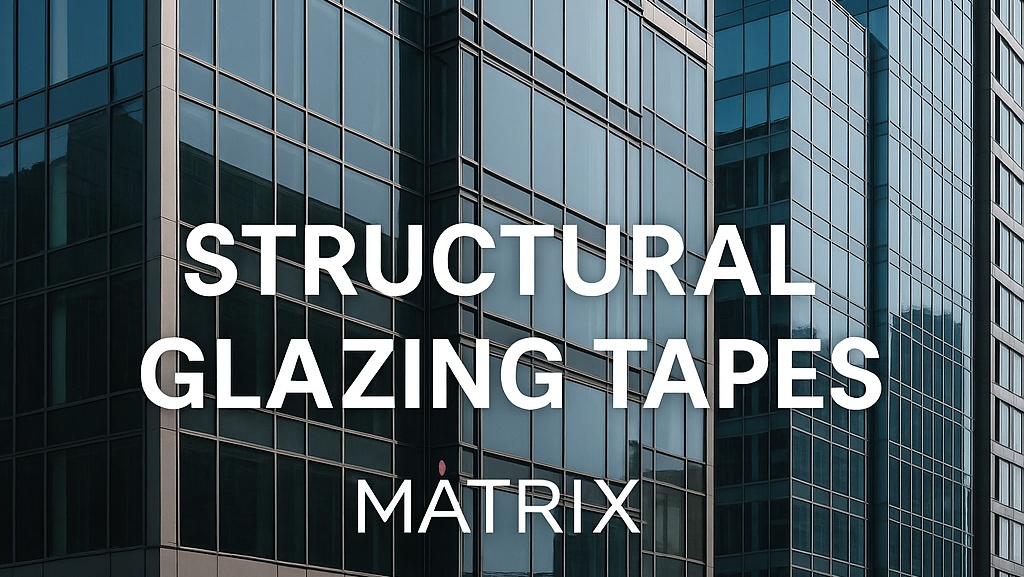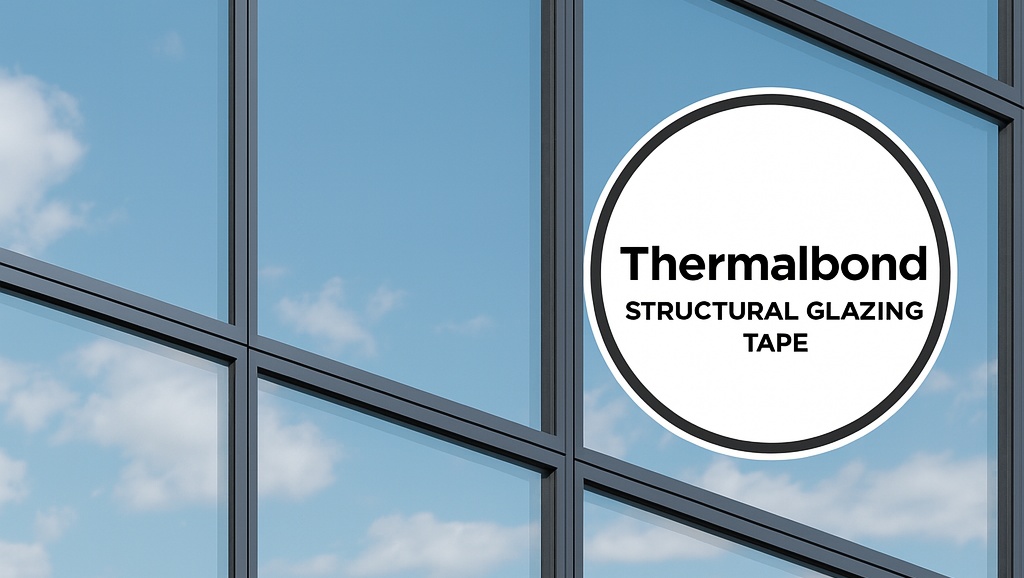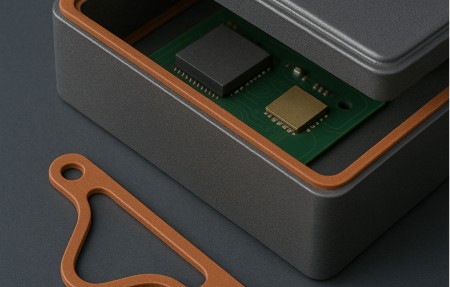As electromagnetic interference (EMI) continues to challenge the performance and reliability of mission-critical electronics in aerospace, defense, and military applications, engineers face increasing pressure to design robust EMI shielding systems that do more than just block noise—they must also withstand extreme environments, mechanical stress, and galvanic corrosion.
At Matrix Technology, we deliver EMI shielding solutions through our partnership with Parker Chomerics, offering precision-engineered conductive elastomer gaskets that meet and exceed MIL-spec requirements. In this article, we dive deep into EMI gasket design principles and corrosion-resistant material selection, drawing on industry standards and real-world performance expectations.
EMI Shielding Gasket Design: Engineering for Performance
Gasket design begins at the interface—literally. A gasket’s job is to close the imperfections between mating surfaces in an enclosure to maintain electrical continuity and environmental sealing. In an ideal world, these surfaces would be infinitely stiff, perfectly flat, and seamlessly conductive. But real-world systems require flexible materials engineered to close gaps, absorb deformation, and block RF ingress/egress.
O-Ring Design Parameters
When designing conductive elastomer O-rings, engineers should:
- Limit deflection to 25% of the original diameter to maintain elasticity.
- Use a groove depth H = 0.75W and groove width G = 1.1W, where W is the uncompressed diameter.
- Design grooves to allow for 97% fill at most, as elastomers behave like incompressible fluids under load.
- Avoid overfilling the groove to prevent mechanical stress on the gasket.
Surface finishes between 32–64 µin RMS are ideal for EMI and pressure sealing. Too rough, and leaks may form; too smooth, and the gasket may roll or twist under compression.
Mechanical Considerations
- Fastener placement should allow for even compression: bolts should sit no closer than 0.5× the washer diameter from flange edges.
- Maintain consistent force across the gasket length using uniform bolt spacing and flange rigidity.
- Avoid longitudinal scratches in machined surfaces that could propagate RF leakage paths.
These fundamentals apply to any EMI shielding configuration—whether in defense avionics, UAV systems, satellite enclosures, or secure ground-based electronics.
Material Engineering for EMI Shielding and Corrosion Resistance
Electrically conductive elastomers derive their shielding properties from metal particles dispersed in an elastomer matrix. The blend of metal type, binder type, and particle size determines the shielding performance, corrosion behavior, and physical durability of the gasket.
Key Conductive Fillers
- Silver-Plated Aluminum: Outstanding shielding (110–120 dB), good corrosion resistance against aluminum substrates.
- Nickel-Coated Graphite: Cost-effective with solid shielding (~90–110 dB), good galvanic stability, often preferred for non-aluminum interfaces.
- Silver-Plated Copper: Highest shielding performance but higher galvanic potential—only ideal when corrosion risk is mitigated.
- Pure Silver: Excellent conductivity and EMI protection; typically used in space or vacuum environments where corrosion is less of a concern.
Binder Elastomers
- Silicone: Standard choice for most aerospace applications, suitable for wide temperature ranges (–55°C to +160°C).
- Fluorosilicone: Required in fuel-rich or chemical-exposed environments such as engine bays, fuel tanks, or missile systems.
These materials are compliant with MIL-DTL-83528 specifications, with Parker Chomerics offering a broad catalog of standard and custom-qualified formulations. Matrix Technology works directly with engineers to determine the correct pairing of filler and elastomer for each system’s galvanic compatibility.
Galvanic Corrosion: The Silent Killer of Shielding Systems
One of the most critical failure points in conductive elastomer gasketing is galvanic corrosion—the electrochemical reaction between dissimilar metals in the presence of an electrolyte.
Engineers must evaluate the galvanic potential difference between the gasket’s conductive particles and the mating surface. A delta of <0.25 V is typically acceptable for long-term stability.
- For aluminum housings, use silver-aluminum-filled gaskets (e.g., Parker Chomerics 1215 or 1298).
- For plated steel or stainless steel, nickel-graphite is often preferred.
- For applications with mixed alloys or aggressive environments, consult galvanic compatibility charts and field test results.
Matrix Technology provides galvanic compatibility consulting and pre-testing services to ensure your shielding materials are stable over time—especially in harsh duty cycles like airborne salt fog, humidity, or chemical exposure.
Custom Manufacturing from Matrix Technology
With in-house conversion capabilities, Matrix Technology offers:
- Custom die-cutting and kiss-cutting of conductive elastomer sheets
- O-ring fabrication and vulcanization
- Precision molded gasket production
- EMI shield + IP seal combo parts
- Engineering support for groove geometry, tolerance stack-ups, and mechanical mounting
Our parts are used in military radios, avionics displays, radome electronics, satellite communication terminals, and beyond.
Partner with Matrix to Solve EMI/EMC Challenges at the Material Level
From fighter jet avionics to ground-based radar shelters, EMI shielding gaskets are the first line of defense against RF leakage and environmental degradation. Matrix Technology combines Parker Chomerics’ proven material science with precision gasket conversion and application-specific engineering to help you design better, faster, and smarter.
Ready to solve your EMI gasketing challenge? Contact our engineering team today to spec the optimal solution for your application.
